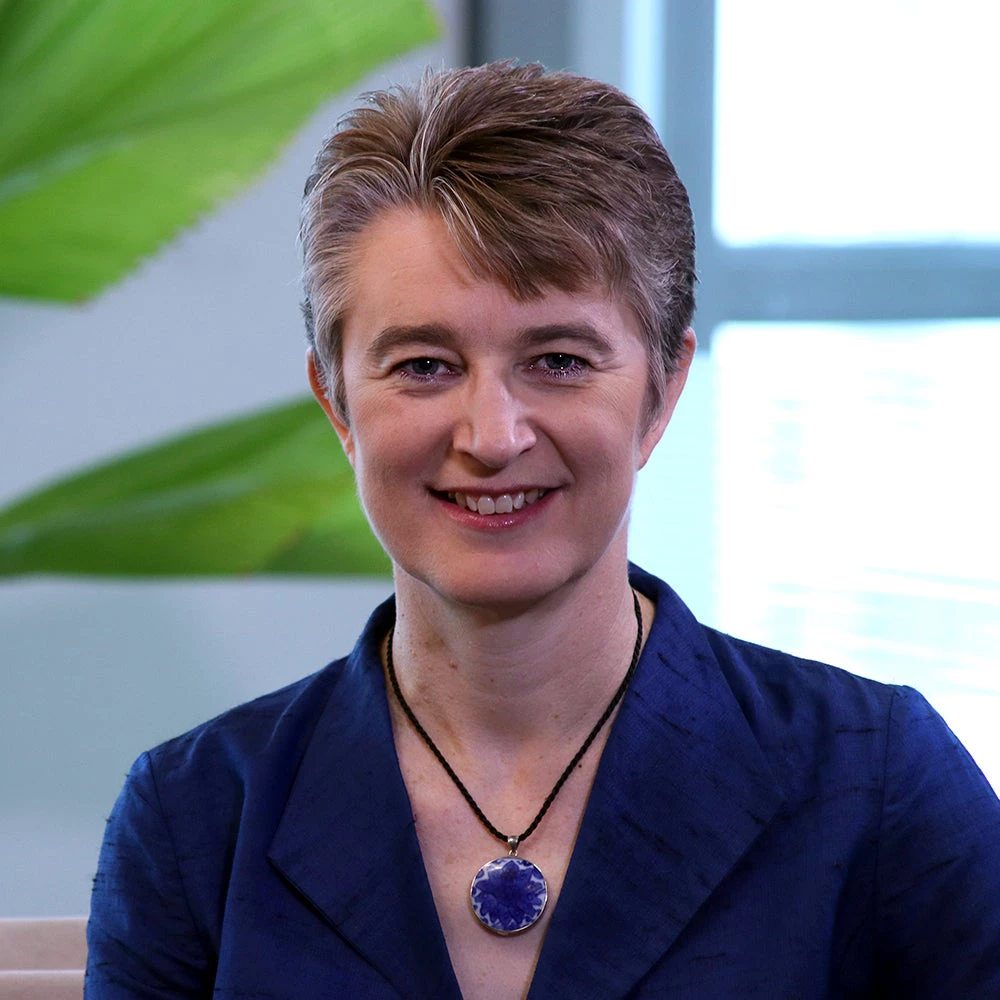
Peace – something that many of us take for granted in our own lives – is elusive for millions of people around the world, including in southern Philippines. Long-standing conflict between the government and rebel groups, and a complicated patchwork of clan and family conflicts, has led to decades of economic stagnation and poverty in one of the Philippines’ most beautiful and productive regions – Mindanao. A peace process is hopefully nearing its conclusion and is expected to bring autonomy and with it, greater opportunities for peace and development to the people of the Bangsamoro.
The Philippines is a middle-income country – with GDP at $2,953 per capita and a robust economy, with almost 96% enrollment rate in basic education, and improving health indicators such as child mortality; overall the country is doing well. But these numbers mask sharp regional contrasts: in the Autonomous Region in Muslim Mindanao (ARMM) the GDP per capita is only $576 – equivalent to countries like Rwanda and Afghanistan – the poverty rate is 53.7%, and more than 50% of its employed population are in agriculture with 80% of them working as subsistence farmers, living precariously from crop to crop. One crop failure can mean ruin for a family.
Before coming to the Philippines to work, I had never worked in conflict-affected areas. There are many colleagues in the World Bank who specialize in this, who are passionate and dedicated, driven to work harder and longer to see positive outcomes for the communities their work supports, and it is not hard to see why.
Visiting areas subject to conflict for decades is at once distressing and uplifting. In the most conflict-ridden areas of Mindanao people are very poor – they live in crude nipa huts, most often do not have running water, sanitation or electricity, and the roads, where they exist, are not sealed, becoming quagmires on a rainy day.
When fighting erupts as it all too often does, communities have to flee, sometimes becoming dislocated for years at a time. They farm low value crops – mostly corn and rice – because they cannot afford to plant anything else. They cannot invest in high-value crops like coconuts that take a while to mature for fear that they cannot stay for years in their communities.
And yet visiting these areas is also uplifting. Why? Because these people have a pride, grace, resilience, and good humor that deeply impresses me. We are always greeted warmly and our conversations are infused with laughter. They are endlessly fascinated with my height (tall) and my hair color (light). We talk about our children and the things we enjoy doing.
These are also amazingly practical people. In one community supported under the Mindanao Trust Fund, the people’s committee set up to oversee the project comprised all women. When I asked the chairwoman of the committee why this was, she said (with a laugh) that the men in the village had asked the women to lead the project because the men thought that if they had been in the lead, there would have been too much arguing and not enough decision-making!
Mindanao is at a critical juncture. The ongoing conflict in Marawi shows how the situation is changing and new stresses, including the rise of extremism, present a real risk for many countries, including the Philippines.
The solution is not easy, but a place to start is with the youth. Young people need hope for the future – education, a job, the right to their own self-identity and self-expression, and freedom from poverty. In my conversations with mothers in Mindanao, I hear echoes of my concerns about my own children. Are they healthy? Are they doing well at school? What will they be when they grow up? Our concerns are the same, but the foundation and stability on which we base our support for our children differs like night and day.
In one of the communities we visited in Maguindanao, we spoke with a group of young people who had just completed an Alternative Learning Course – a 5-month intensive literacy course for adults who either dropped out of school or were not able to attend when they were children. They had studied hard during their 5-month course – excited by the unexpected opportunities that could now be ahead of them. Although they had not yet even completed their final exams, 8 of the cohort of 50 had already been admitted to technical vocational training in a nearby town. And when I asked those with whom we met what they wanted to be, the young women were particularly vocal: “I want to be a midwife!”, “I want to be a teacher!”. And with the kind of grit and determination that these young women possess, I can only bet that they will be too.


Join the Conversation